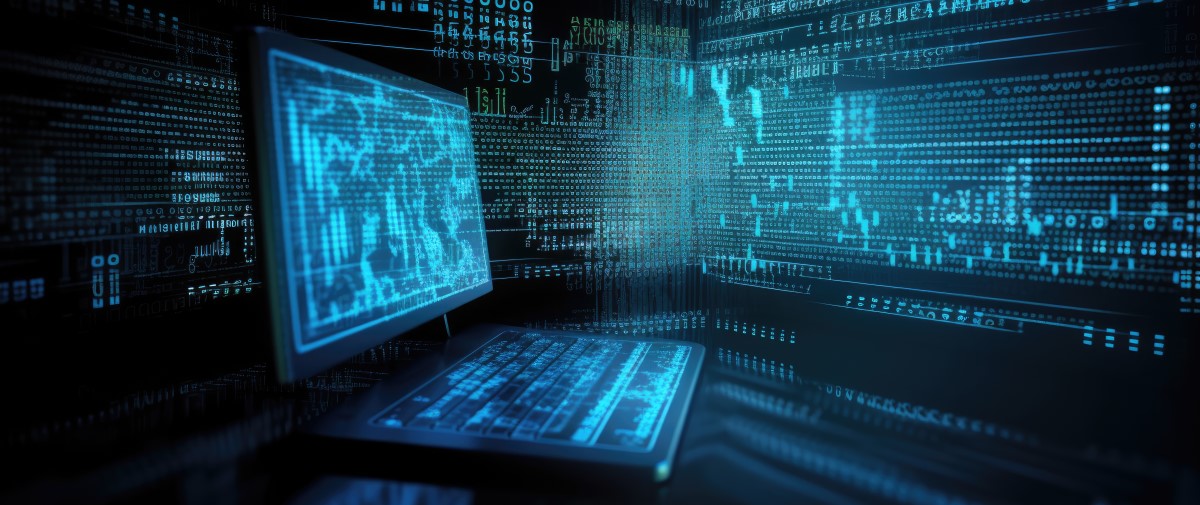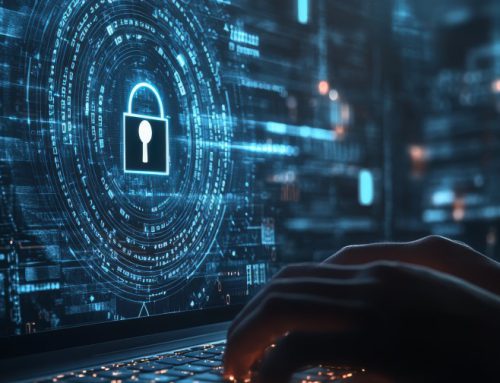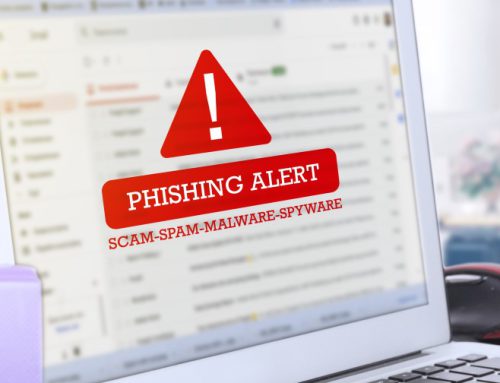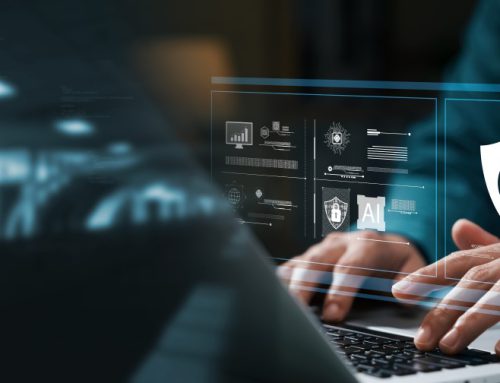Ransomware continues to be one of the most daunting cybersecurity challenges in 2024. This malicious software locks users out of their systems and files, demanding a ransom for access. As attacks become more sophisticated, understanding the implications and prevention strategies is essential.
Recent reports indicate a sharp increase in ransomware incidents, with attackers employing tactics like double extortion—where they not only encrypt data but also threaten to release sensitive information if the ransom isn’t paid. This has serious repercussions for organizations, including financial loss, reputational damage, and legal consequences.
Key Trends in Ransomware Attacks
1. Double Extortion: Attackers are increasingly using double extortion tactics. After encrypting files, they threaten to leak sensitive data if the ransom is not paid. This strategy not only puts pressure on victims but also heightens the potential for long-term reputational damage.
2. Ransomware-as-a-Service (RaaS): The emergence of Ransomware-as-a-Service platforms has made it easier for even non-technical criminals to launch attacks. These services provide pre-packaged malware tools, enabling a broader range of attackers to engage in ransomware campaigns.
3. Targeting Critical Infrastructure: Recent high-profile attacks have highlighted a concerning trend: cybercriminals are increasingly targeting critical infrastructure, such as utilities and healthcare facilities. Disruptions in these sectors can lead to severe consequences, affecting public safety and health.
4. Increased Ransom Demands: The average ransom demanded has reached staggering heights, often exceeding hundreds of thousands of dollars. This increase reflects not only the perceived value of the stolen data but also the rising costs associated with recovery and downtime.
5. Geopolitical Factors: Ransomware attacks are sometimes linked to geopolitical tensions, with nation-state actors using cybercrime as a tool for disruption. This adds another layer of complexity to the threat landscape, as some attacks may be state-sponsored.
6. Evolving Targeting Strategies: Attackers are employing more sophisticated reconnaissance techniques to identify vulnerabilities. They often gather detailed information about their targets before launching an attack, increasing the likelihood of success.
The Importance of Cyber Insurance
As ransomware threats escalate, many organizations are considering cyber insurance to help mitigate financial losses. While it can provide critical support, it’s essential to understand what is covered and any prerequisites for claims.
Protecting Against Ransomware
Regular Backups: Consistently back up important data to offline or cloud storage. Ensure these backups are not connected to your main network to prevent them from being targeted during an attack.
Implement Strong Security Measures: Use firewalls, anti-virus software, and intrusion detection systems. Keeping all software updated is crucial to mitigate vulnerabilities.
Incident Response Plan: Develop a clear incident response plan. Being prepared can minimize damage and facilitate recovery in the event of an attack.
Employee Training: Conduct regular training to help employees recognize phishing attempts and suspicious activity, which are common entry points for ransomware. Our yearly cyber security training covers the latest trends, threats, and best practices. Topics include AI security, business email compromise, recognizing cyberattacks, creating strong passwords, updating software, enabling multi-factor authentication, and much more. Completing this 90-minute course enhances cyber security skills, fulfilling the Government of Canada’s Cyber Security Certification.
The implications of ransomware attacks extend beyond financial losses. Organizations face significant operational disruptions, potential data loss, and legal ramifications, particularly if customer or sensitive data is compromised. The reputational damage can also lead to loss of customer trust, making recovery even more challenging. As ransomware continues to evolve and pose significant risks, staying informed about these trends and implementing robust security measures is essential for individuals and organizations alike. Being proactive is the best defense against this pervasive threat.











